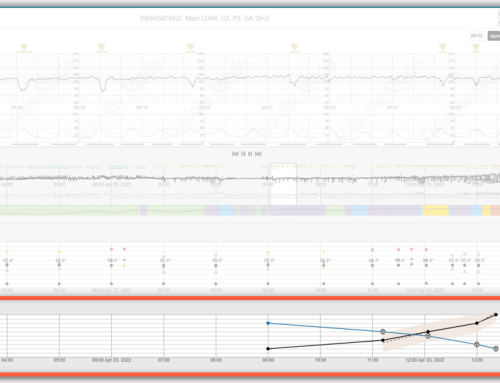Publication: American Journal of Obstetrics and Gynecology
Date: March 1, 2010
Author: Colm Elliot, MEng; Philip Warrick, PhD; Ernest Graham, MD; Emily F. Hamilton, MD
Abstract
OBJECTIVE: The objective of the study was to measure the performance of a 5-tier, color-coded graded classification of electronic fetal monitoring (EFM). STUDY DESIGN: We used specialized software to analyze and categorize 7416 hours of EFM from term pregnancies. We measured how often and for how long each of the color-coded levels appeared in 3 groups of babies: (A) 60 babies with neonatal encephalopathy (NE) and umbilical artery base deficit (BD) levels were greater than 12 mmol/L; (I) 280 babies without NE but with BD greater than 12 mmol/L; and (N) 2132 babies with normal gases. RESULTS: The frequency and duration of EFM abnormalities considered more severe in the classification method were highest in group A and lowest in group N. Detecting an equivalent percentage of cases with adverse outcomes required only minutes spent with marked EFM abnormalities compared with much longer periods with lesser abnormalities. CONCLUSION: Both degree and duration of tracing abnormality are related to outcome. We present empirical data quantifying that relationship in a systematic fashion. Copyright 2010 Mosby, Inc. All rights reserved.






